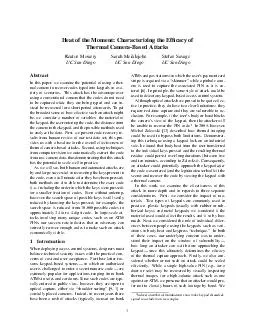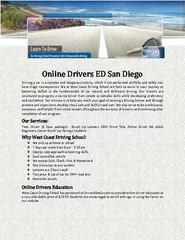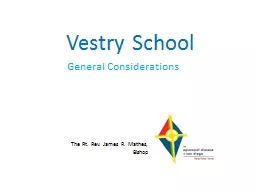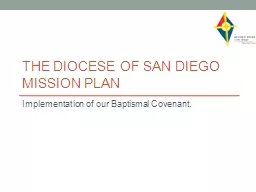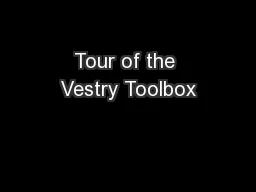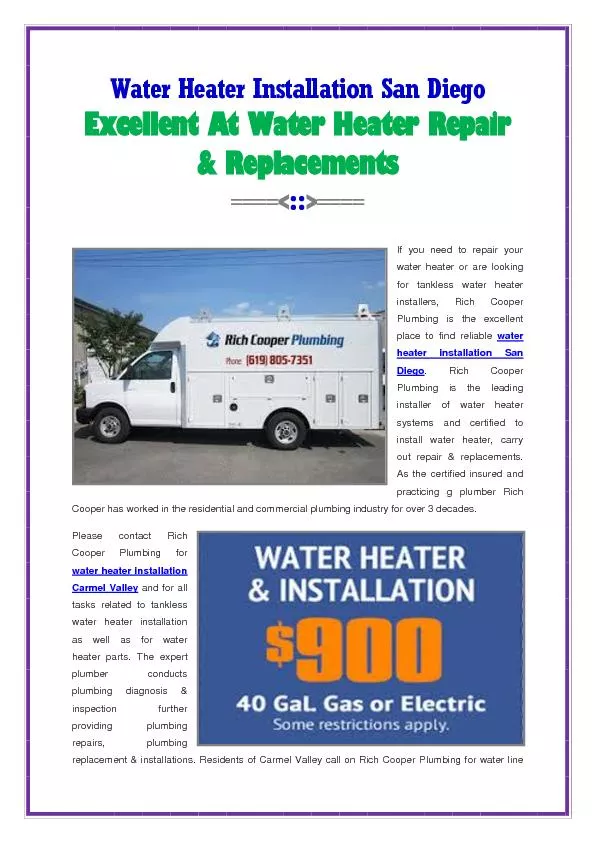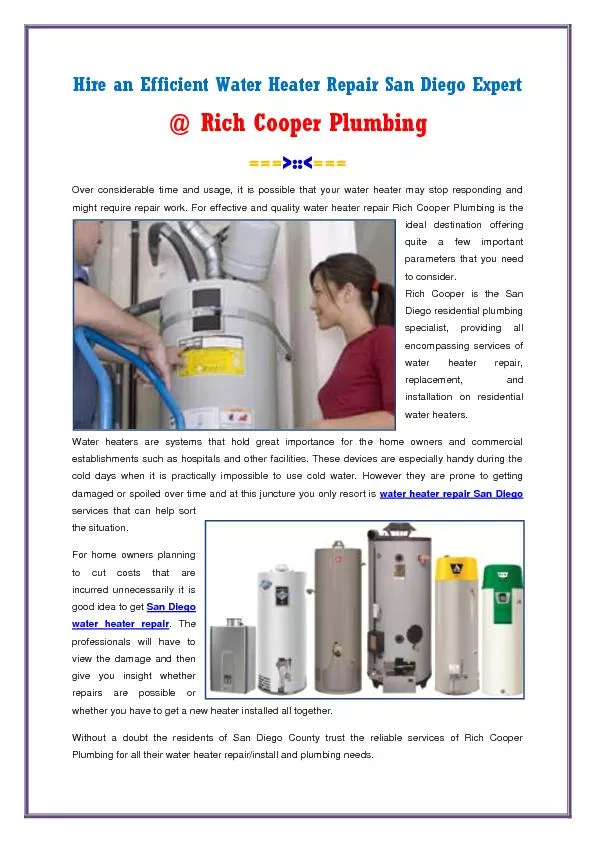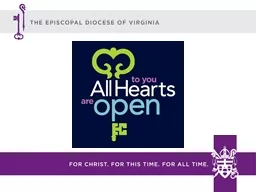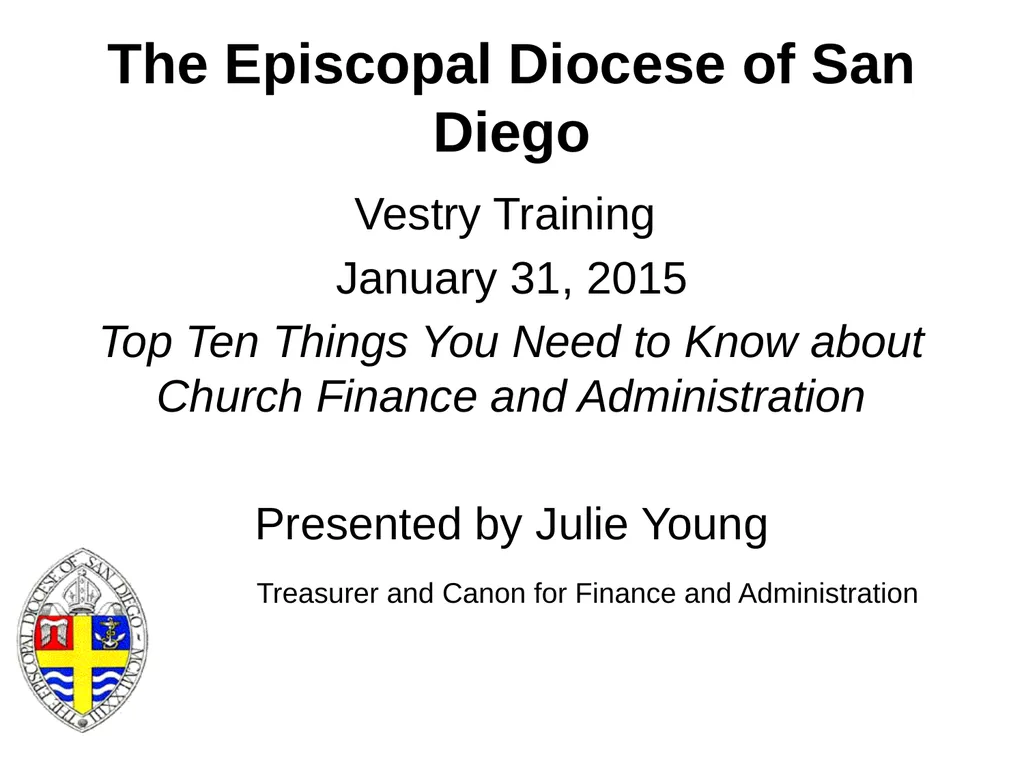
Author : phoebe-click | Published Date : 2025-06-23
Description: The Episcopal Diocese of San Diego Vestry Training January 31, 2015 Top Ten Things You Need to Know about Church Finance and Administration Presented by Julie Young Treasurer and Canon for Finance and Administration 10 How to Read aDownload Presentation The PPT/PDF document "" is the property of its rightful owner. Permission is granted to download and print the materials on this website for personal, non-commercial use only, and to display it on your personal computer provided you do not modify the materials and that you retain all copyright notices contained in the materials. By downloading content from our website, you accept the terms of this agreement.
Here is the link to download the presentation.
"The Episcopal Diocese of San Diego Vestry Training"The content belongs to its owner. You may download and print it for personal use, without modification, and keep all copyright notices. By downloading, you agree to these terms.

